Butte is arguably the most historically interesting city in
Montana and all of the Rocky Mountain West. It’s said that about a century ago
Butte was the biggest city between the Plains and the West Coast. Some claim it
had a population of around 100,000 in that era, although census figures aren’t
quite that high. More than any other place in America, it’s a city built on
mining, which is what gives it its nickname “The Richest Hill on Earth”. Most
of the oldest mining settlements in Montana and the West were established to
exploit sources of the so-called precious metals – gold and silver. Butte’s
mines produced a number of minerals, but copper was the primary and most
valuable output for most of the city’s history.
I was in Butte twice before and was quite impressed with the
place. The first time was on my trip through Montana in August 2001. The second
was on Saint Patrick’s Day in March 2009 for what’s considered to be one of the
West’s bigger and rowdier such celebrations. For Butte not only has one of the
highest percentages of Irish in its population of American towns, it also doesn’t
have an open container law restricting the fun.
My strongest memory of my first
visit was eating dinner at a Chinese restaurant with an actual historical
pedigree, one where you sat in old wooden booths that were separate and private
from the others, each also curtained off from the corridor. I spent the rest of
the evening at a bar or brewery along Main Street in “Uptown”, the central
business district that’s known as downtown in most American cities but as
uptown in Butte because of the topography of being rather high on the hill with
most of the modern city below it.
On my way to Fairmont Hot Springs for the week, I decided to
spend a full day in Butte. One thing that interested me was the statue of Our
Lady of the Rockies, perched high on the mountainous ridge overlooking the city
from the east. From town it doesn’t look
all that big along the ridgeline, but the 90-foot tall statue is situated on
the Continental Divide about 3,000 feet above the city. It is supposedly the
second tallest statue in the U.S. after the Statue of Liberty. Its story is that it was conceived in 1979
and constructed mostly in 1985, entirely by volunteers and donated services. To
visit it, you have to reserve tickets ahead of time, meet at the office at the
shopping mall in Butte to watch a video about its construction and
significance, and then board a yellow school bus for the trip up a narrow,
unpaved road with lots of switchbacks to the statue. Once there, there’s great view over the city
and the enormous open pit mining operations that have engulfed much of it….
and
that’s about it. You can go into the base of the statue where there are lots of
memorials to Butte’s deceased Catholics. While impressive from the distance,
close up you see there’s not much to it artistically – just massive pieces of
metal joined together to create to statue. There’s also a nearby statue with
exhibits explaining Our Lady’s dedication to all women and especially to
mothers. The trip overall takes about three hours.
There is still active open pit copper mining in Butte, but
the older mine open pit mine, the big whole known as the Berkeley Pit dug
hundreds of feet down into the ground is now mostly filled up with water. The
mine closed in 1982 and the water pumping operations ended, allowing the pit to
fill up with liquid over the last 37 years to a point of near overflowing. But a
new recreational amenity it is not. At
the Berkeley Mine Overlook exhibits explain the situation about the Superfund
site. The water in the pit is full of heavy metals and is about as acidic as
vinegar. It’s a big mess with ongoing remediation efforts.
Butte and surrounding Silver Bow County now have a
population of only about 35,000, so Butte’s old city center buildings seem
disproportionately large for its size. Although it’s not quite an abandoned
place, it has somewhat of that feel. The streets seem eerily devoid of cars for
a city center, and while many buildings have been remodeled and refurbished,
there are also some with boarded windows that would seem to have much appeal as
residential or commercial space but are probably at risk of demolition. Uptown
is great for a stroll around town to take in the history detailed on markers in
front of most of the buildings.
Butte’s unique skyline is dominated by a few dozen old
mining towers officially called Headframes but nicknamed “Gallows” for their
appearance. They controlled the hoist systems which enabled miners to go up and
down to the shafts and to haul out the ore back in the days of underground
mining. There’s something unique and
romantic looking about the landscape, and there’s now an extensive system of
walking/biking trails through the historic mining area that sprawls up the hill
from Uptown to Walkerville.
There are also some very poignant memorials to the
miners who lost their lives over the decades in what was the most dangerous
occupation, an estimated 2,500 in total over Butte’s not particularly long
mining history.
I ended the day at The World Museum of Mining on Butte’s
west side just beyond Tech University. With a name like that, I was expecting
something really blockbuster. Scattered around the grounds is a lot of equipment
and buildings moved there from other mining areas for a relatively authentic-looking
mining village. In addition to lots of historical exhibits, you can go into a
mine shaft and part way up a headframe tower in what had been one of Butte’s
original mining operations, the Orphan Girl Mine.

 Butte, Montana, United States
Butte, Montana, United States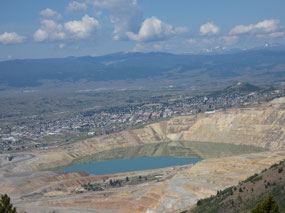
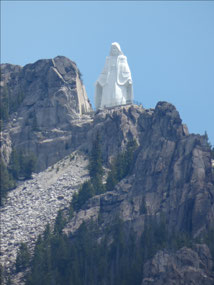
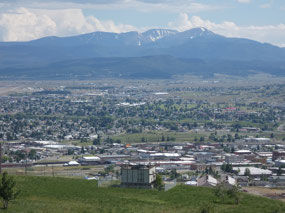
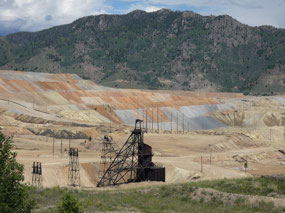
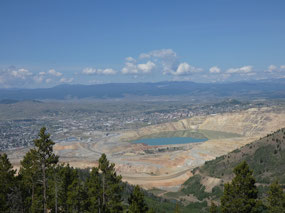

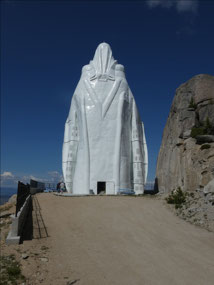
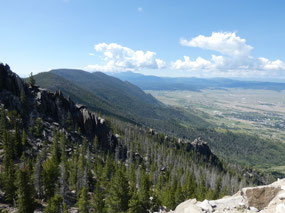
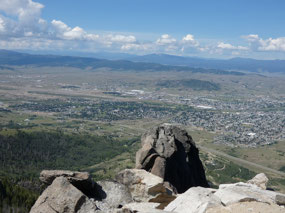
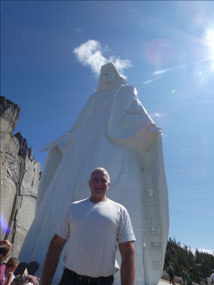
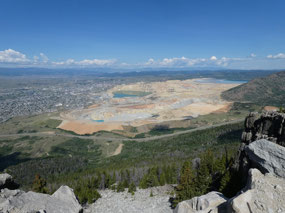
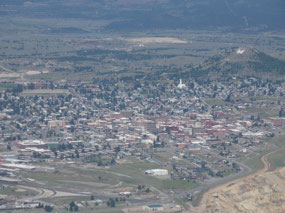
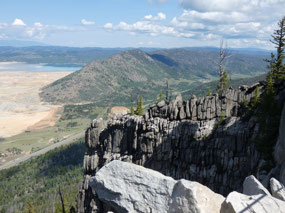
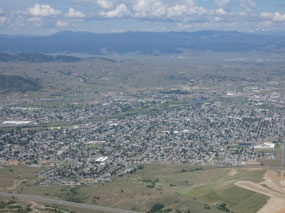
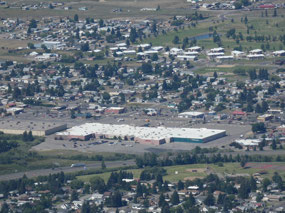
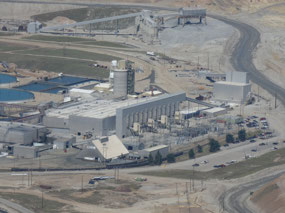
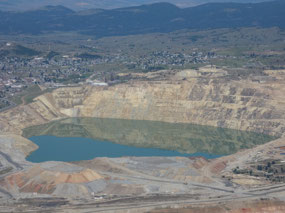
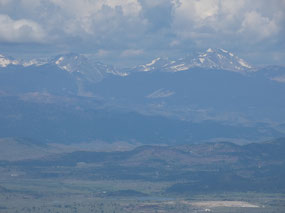
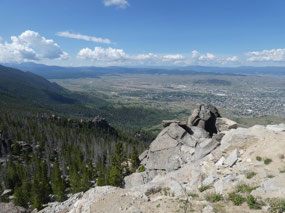
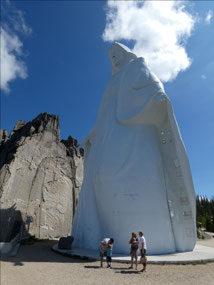
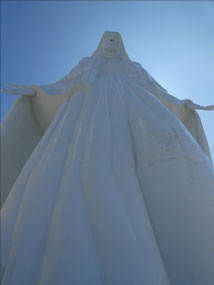
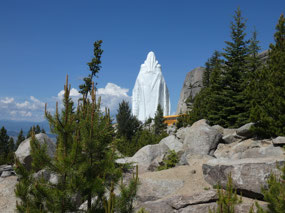
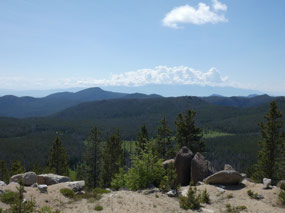
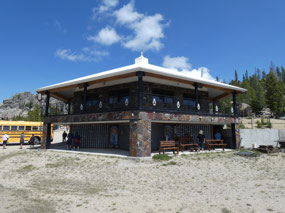
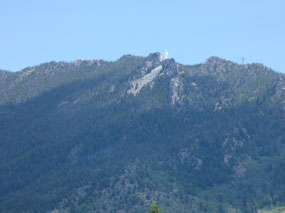

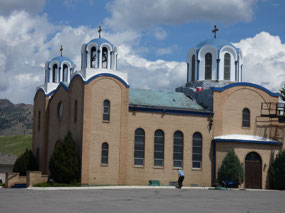
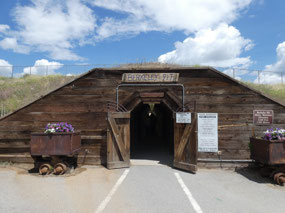
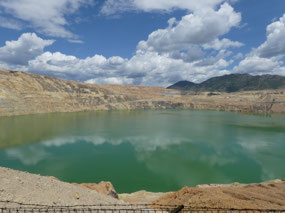
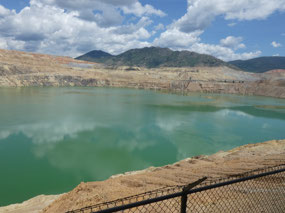

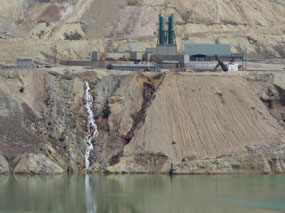
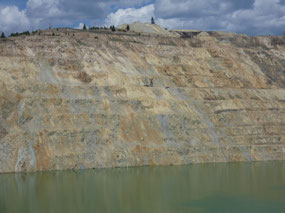
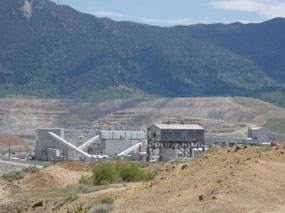
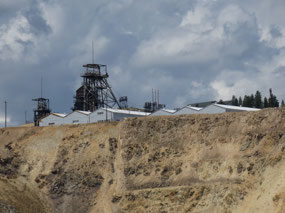
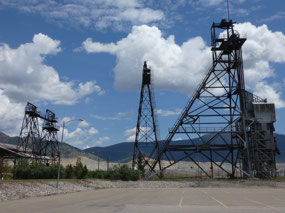
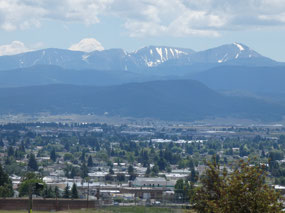
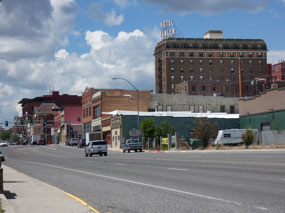
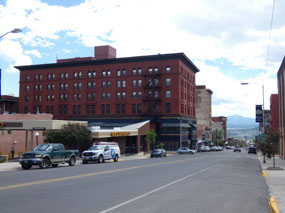
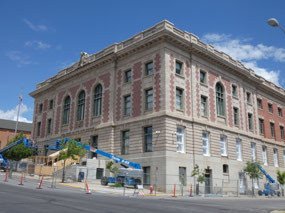
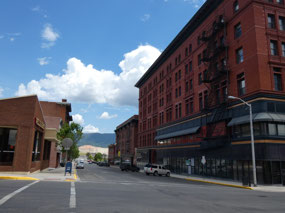
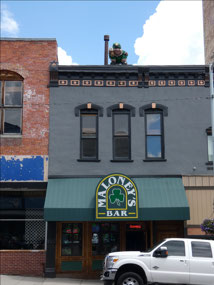

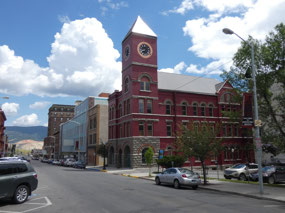
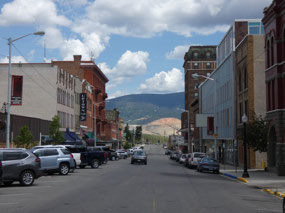
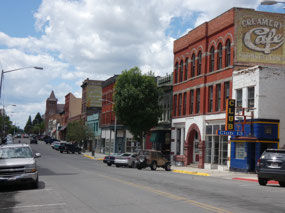
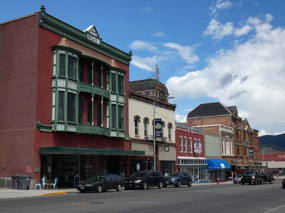
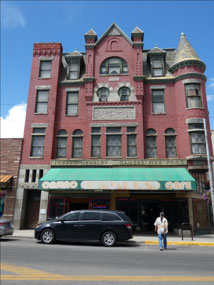
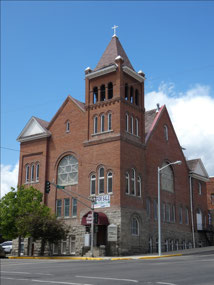
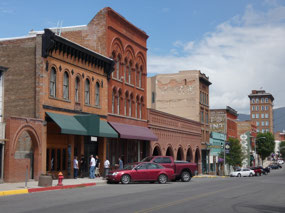
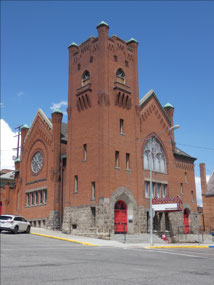
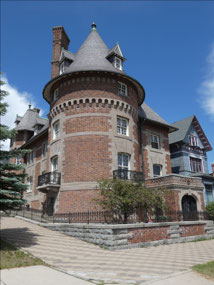
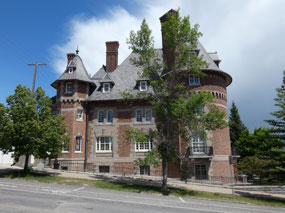

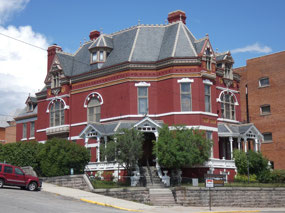
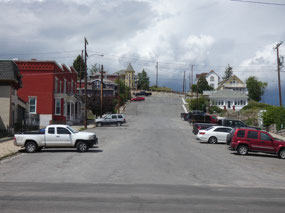
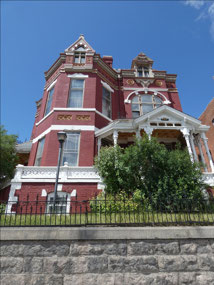
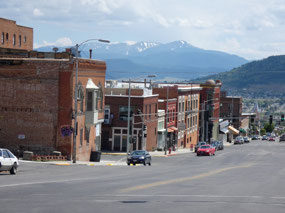
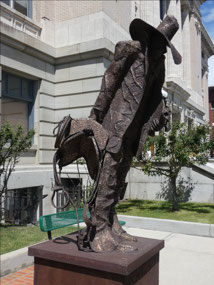
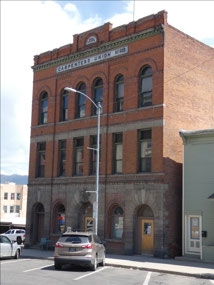
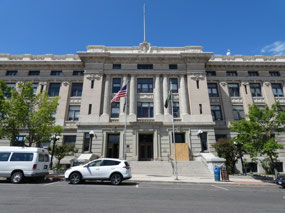
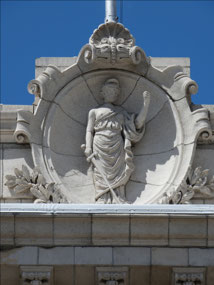
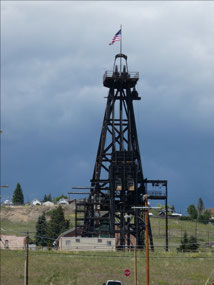
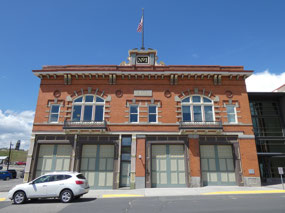
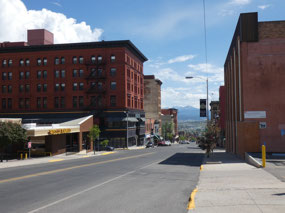

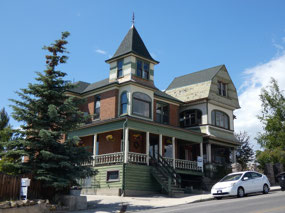
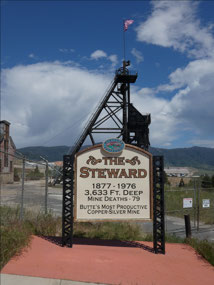
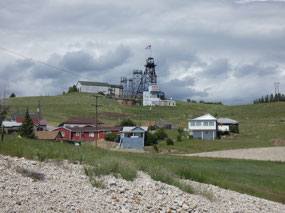
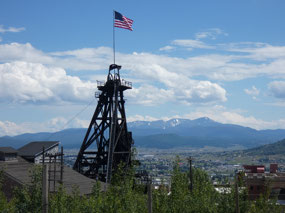
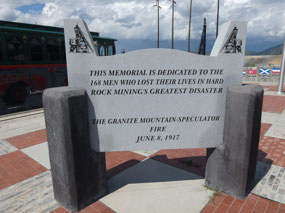
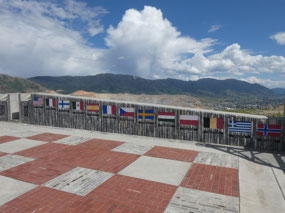

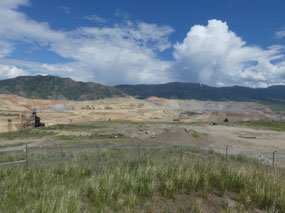


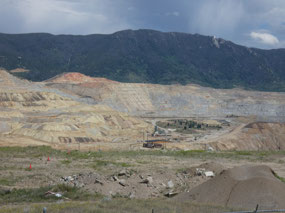
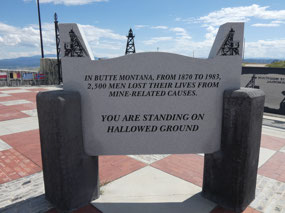
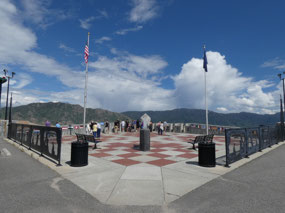
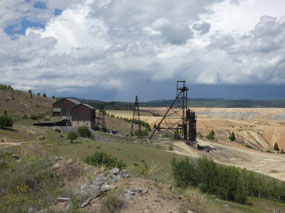

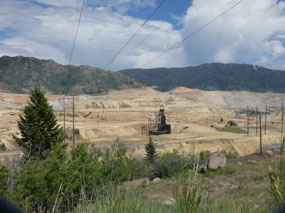
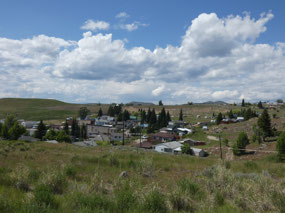

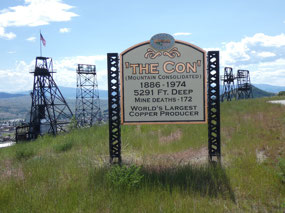
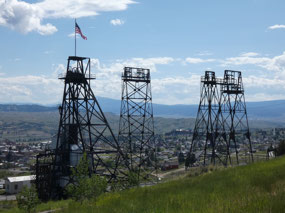
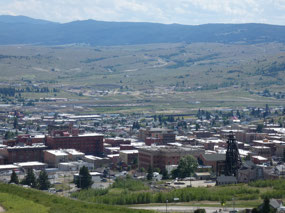

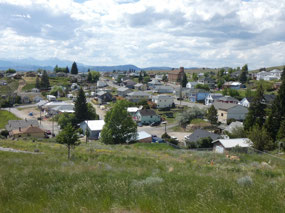
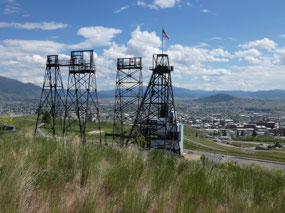
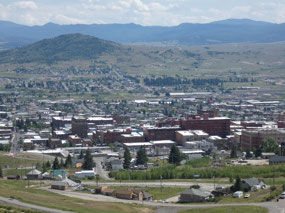
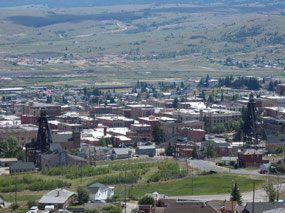
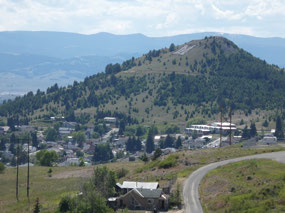
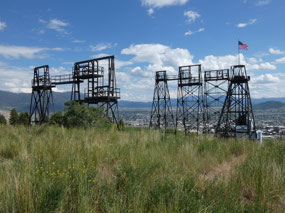
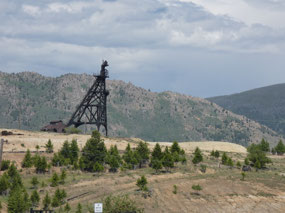
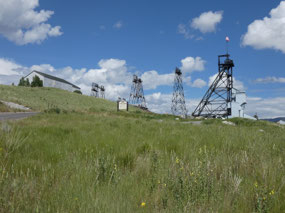
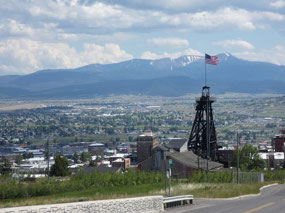
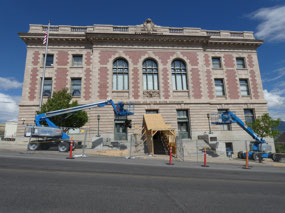
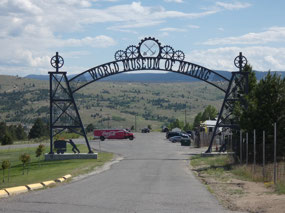
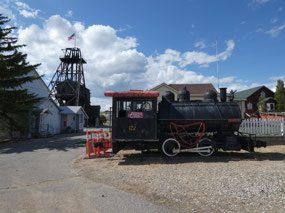
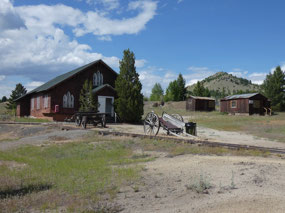


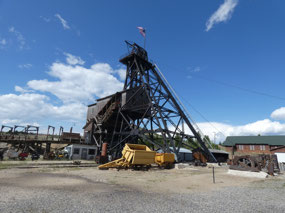
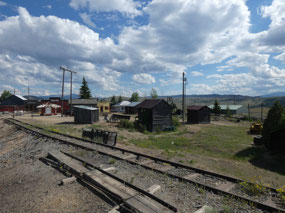
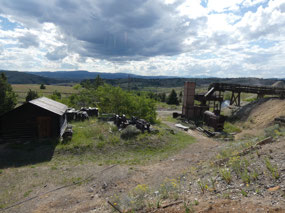
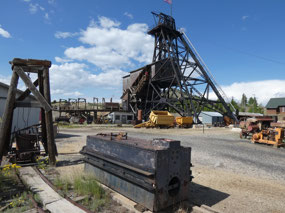
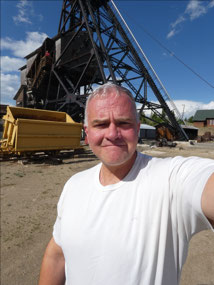

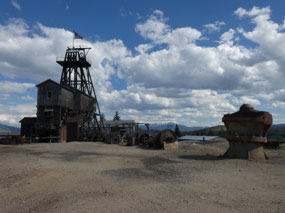
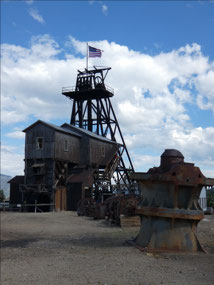
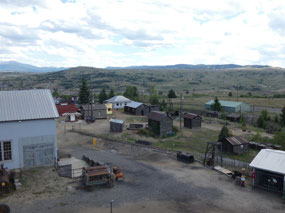
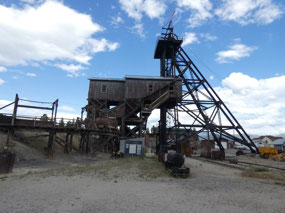
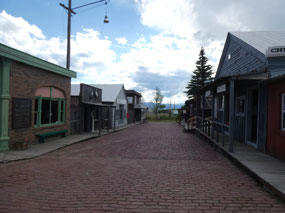
2025-05-22